The rise of Guochao (国潮) is one of the major influences shaping Chinese consumer culture today, and it’s a phenomenon that shows no signs of abating in the near future. International brands and domestic brands alike can learn a lot from understanding why Guochao has captured the imagination of Chinese consumers and the tactics a variety of brands have used to ride the Guochao wave to success.
What is Guochao?
For the uninitiated, “Guochao” refers to the rise of hip, homegrown Chinese brands that are challenging international brands for domestic market share. Guochao exists at the intersection of fashion and a rising tide of nationalism that expresses itself in part as a desire to get behind domestic brands that speak to the experiences of young Chinese people. The phrase was coined in 2018 after sportswear brand Li Ning showcased a collection at Paris Fashion Week.
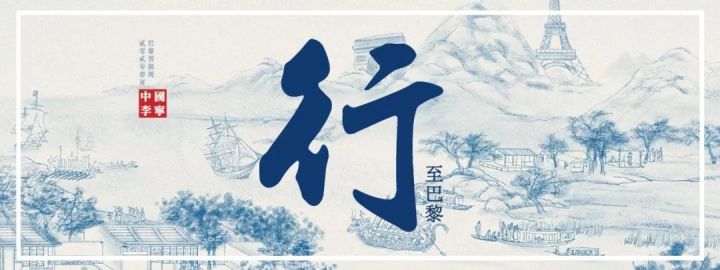
The Chinese government has embraced the rise of Guochao, with state media outlets hailing the trend as an expression of the country’s soft power. The government is also keen to point to Guochao as a refutation of the negative connotations that “Made in China” has had overseas in recent decades.
It always helps to have official approval in China, but that means little if regular consumers are disinterested. That’s certainly not the case with Guochao, as the trend’s momentum has been driven significantly by grassroots sentiment. Ahead of Singles’ Day 2020, one survey found 66 percent of respondents saying they intended to purchase domestic brands during the e-commerce extravaganza.
One of the most obvious Guochao trends is the explicit use of Chinese cultural symbols and memes. This can range from traditional motifs to iconic imagery that resonates with the lived experience of China’s post-90s and post-00s generations. Designers like Fabric Porn’s Zhao Chenzi have epitomized this approach, combining both traditional and modern iconography with humor.
How are Brands (and KOLs) Leveraging Guochao?
Another common theme of the Guochao phenomenon is that Chinese brands are emerging and competing for market share with major international players. Shanghai-based ICICLE has established itself as a legitimate player in luxury fashion over the past year or two with its stylish women’s clothing. The brand’s profile was raised significantly by its association with the hit drama Nothing But Thirty, with many Chinese women keen to replicate looks from the 2020 show.
ICICLE’s combination of style, quality, and first-rate customer service has made a huge impression on the domestic market, and a successful 2020 was capped by the brand’s unstoppable performance during Singles’ Day, finishing as the top-ranked luxury womenswear store. The next step – and one that fans of Guochao brands welcome – is establishing an international footprint, with ICICLE expecting to add a London store to its existing presence in Paris in the near future.
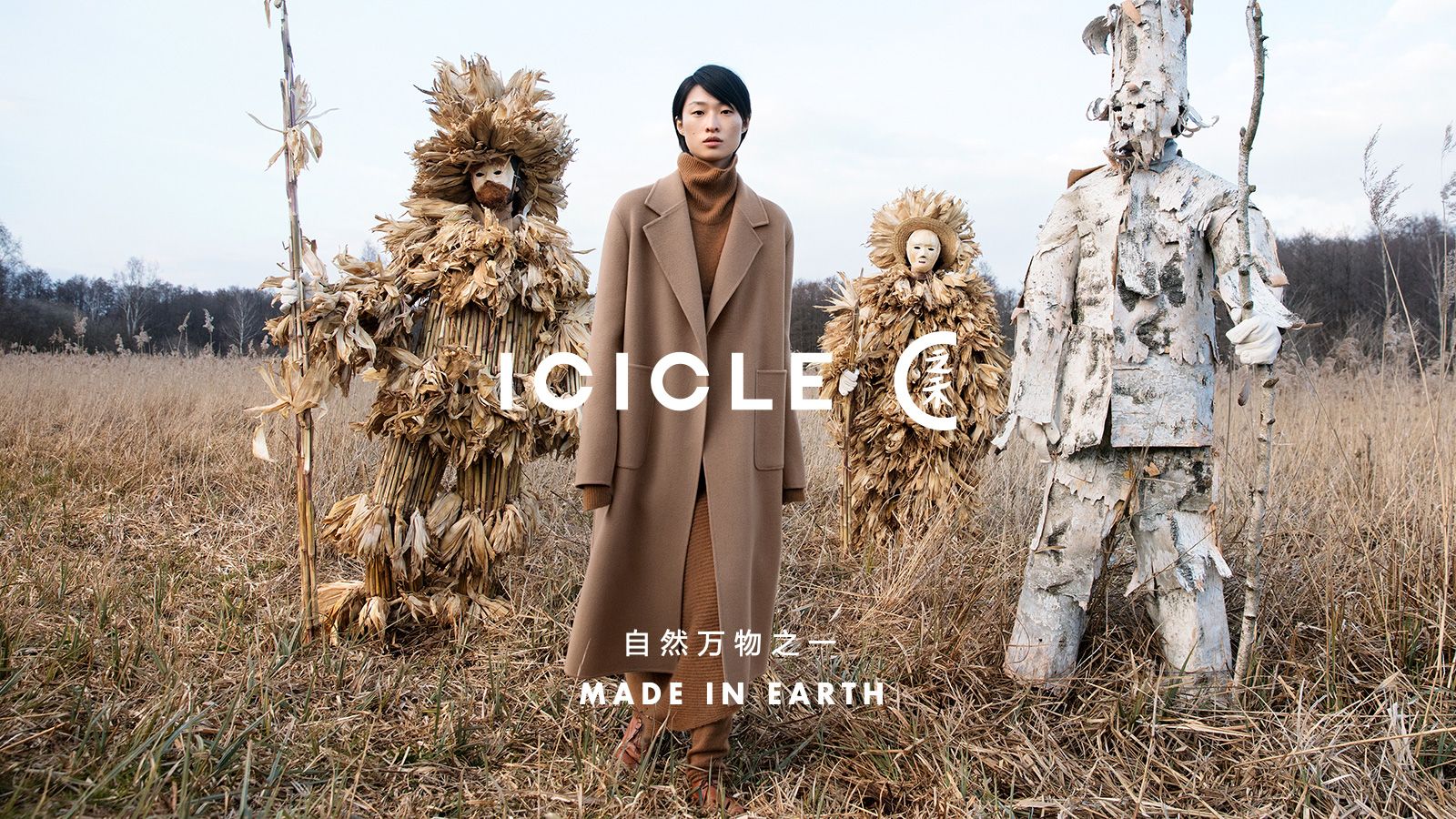
In some categories, Guochao reflects the simple fact that Chinese consumer culture is now pointed towards the idea that domestic brands understand their needs more instinctively than do international brands. This is particularly pronounced in the lingerie market, where nine of the top ten best-performing brands during Singles’ Day were homegrown. In a category where fit is everything, consumers respond to brands that show they intuitively understand their body types, and Chinese brands are reaping the rewards.
Ubras is leading the pack in this category, ranking number one in its field not just for Singles’ Day but throughout most of 2020. The company’s explosive growth since 2018 lines up with the rise of the Guochao phenomenon. That said, Ubras doesn’t explicitly trade on its national identity so much as delivering a product that aligns precisely with what matters to its consumers. Ubras makes buying undergarments simple – one-size-fits-all bras without underwire, emphasizing personal comfort and self-confidence above succumbing to social pressure to impress others.
The brand has also promoted itself energetically and effectively through social media. Ubras enlisted one of China’s most popular Gen Z influencers, actress Nana Ouyan, as its brand ambassador, and combines Ouyang’s endorsements with mid-tier influencer campaigns on Weibo and Xiaohongshu.
Fragrance brand To Summer is an interesting example of how Guochao is often about something personal and intimate, rather than an abstract notion of national pride derived from brands leveraging the domestic supply chain. To Summer actually takes a relatively global approach to its supply chain and sourcing ingredients – manufacturing fragrances domestically just isn’t really an option for this Chinese brand.
To Summer’s products do contain some Chinese ingredients, but the brand’s appeal to Chinese consumer culture lies mostly in its packaging and positioning. The brand describes its packaging design as “new Eastern modern” – a style defined by elegant, minimalist containers featuring motifs like Chinese characters. To Summer has also turned the limitations imposed by its production cycles to its advantage. The brand defines itself by a “slow” approach, which resonates with many younger Chinese consumers frazzled by the hectic pace of working life in large, busy cities. That’s also reflected in the brand’s once-a-week release of new products, sold exclusively via To Summer’s WeChat mini program. That scarcity has the upside of creating demand and excitement among the brand’s fans.
Final Thoughts
Guochao looks set to be a defining feature of Chinese consumer culture for years to come, but it will evolve in many different directions and spill over into every category of product imaginable. We’re seeing brands like Adopt A Cow attempt to create a domestic dairy brand built around earning consumer trust, with the tainted milk scandal of 2008 still on parents’ minds. Adopt A Cow uses live feeds from production facilities to demonstrate transparency. Meanwhile, the future of Guochao could also redefine Chinese consumer culture through the incorporation of businesses that speak authentically to issues within Chinese society in the way Shanghai cafe Hinichijou did when it went viral on Chinese social media in late 2020 as netizens applauded its policy of creating jobs for people with disabilities.

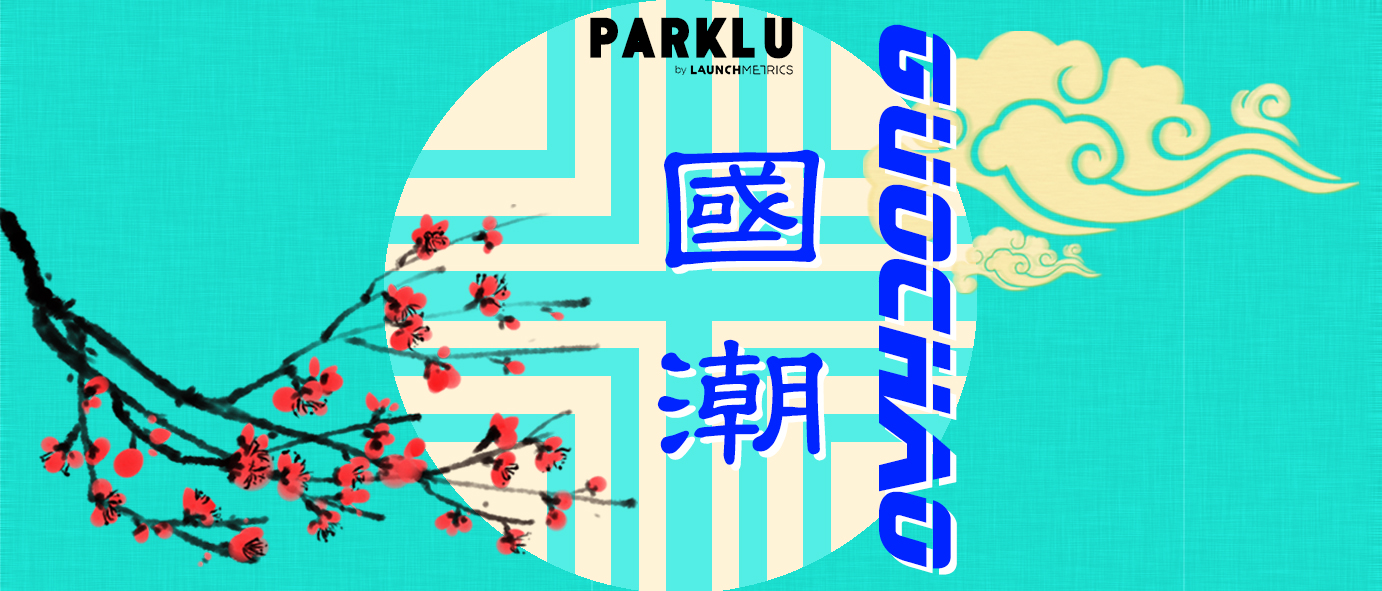
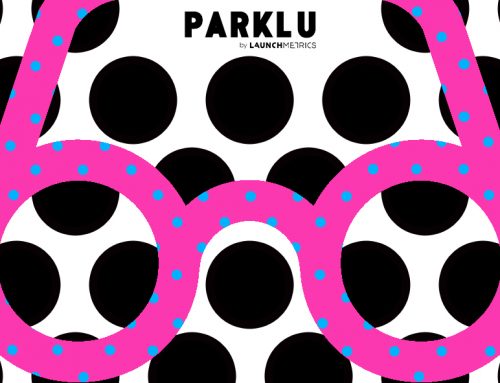

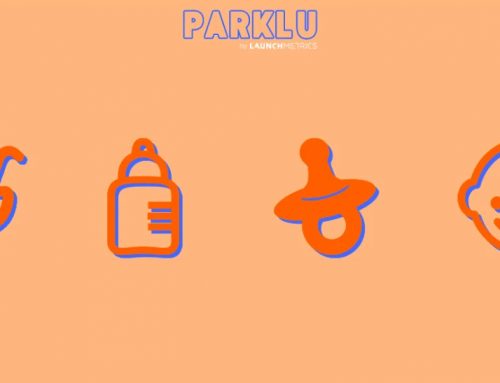
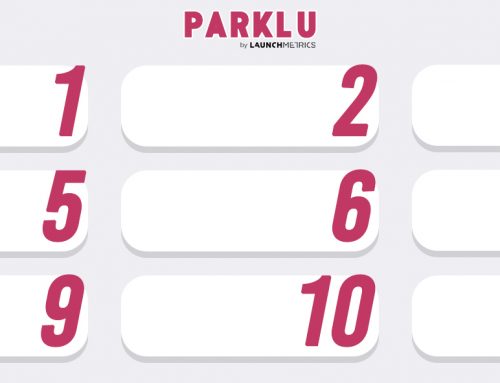



Leave A Comment